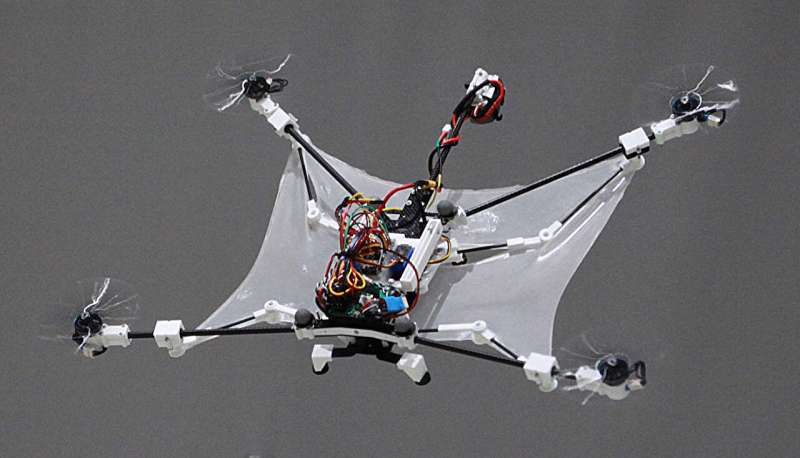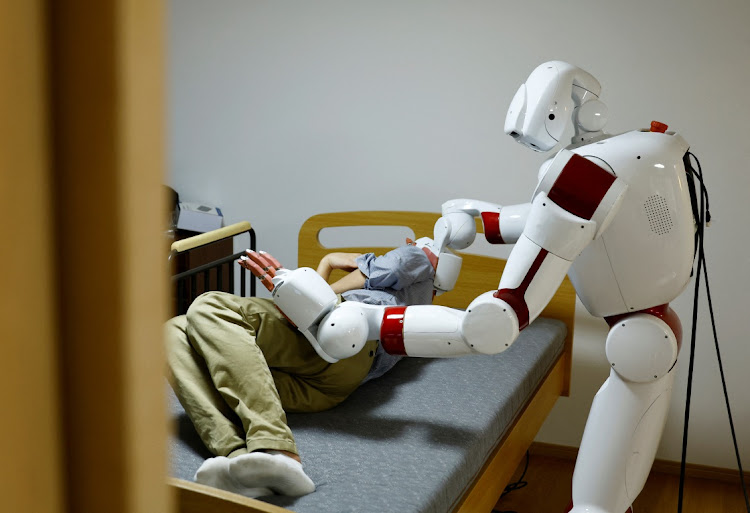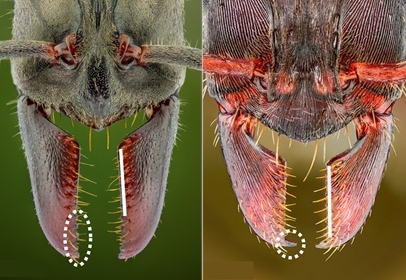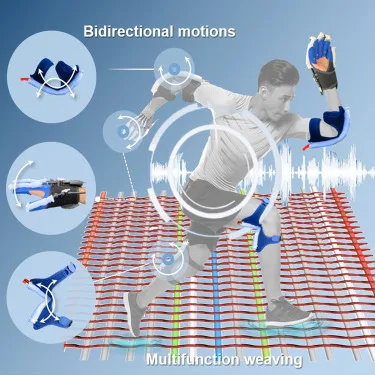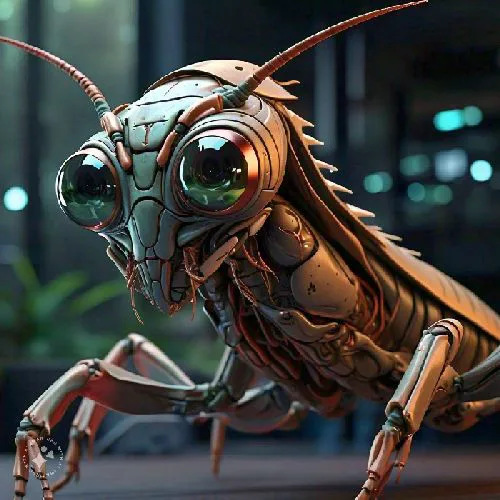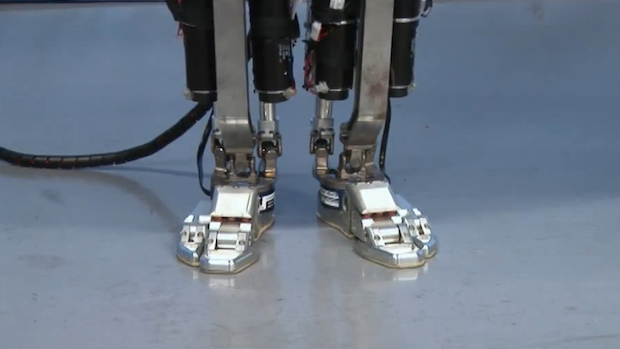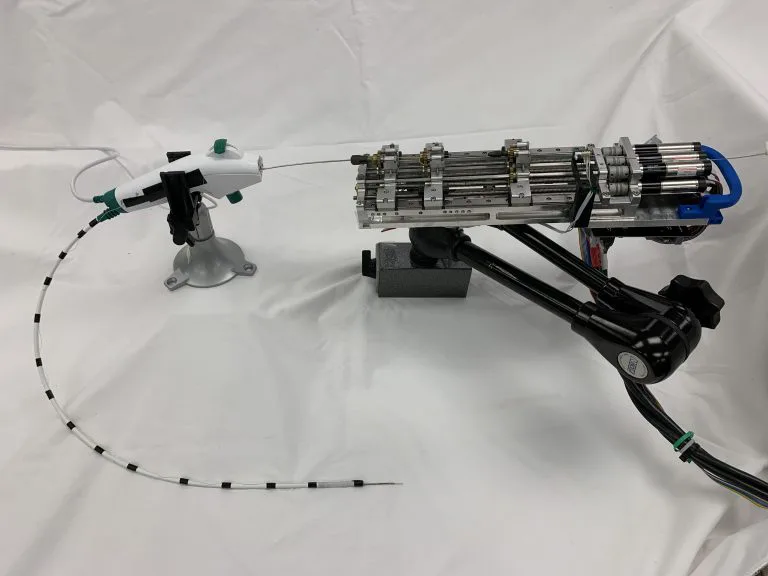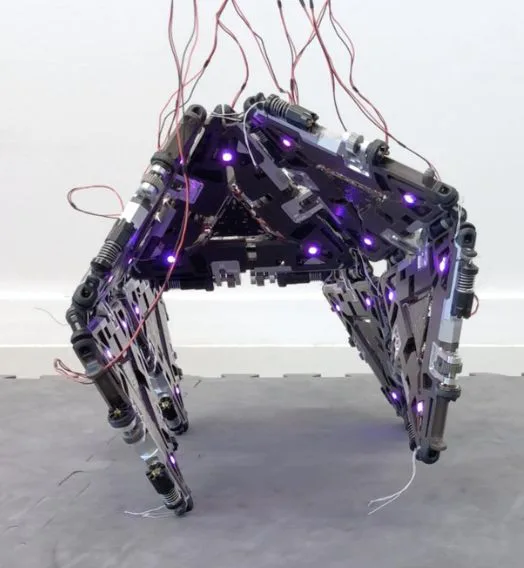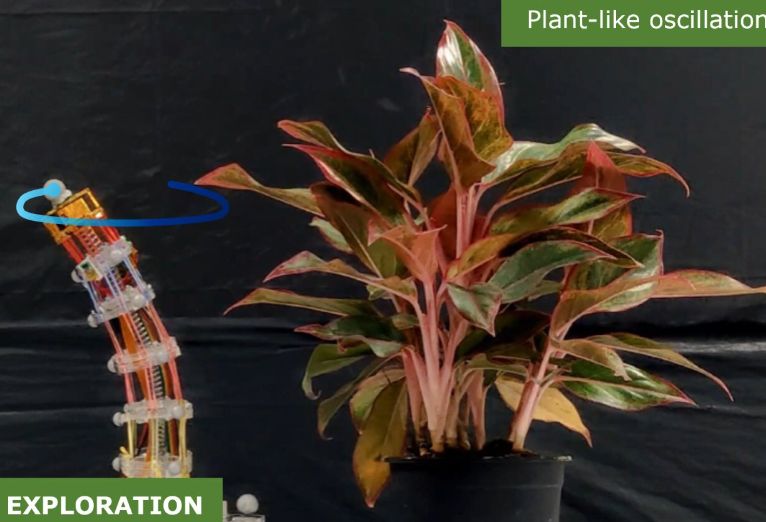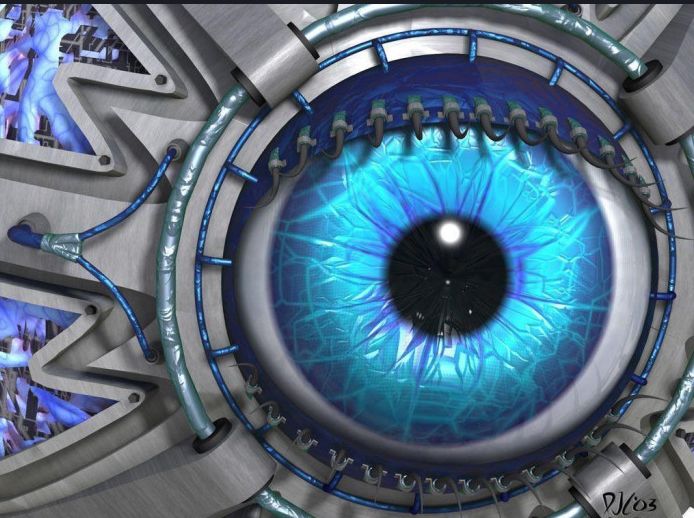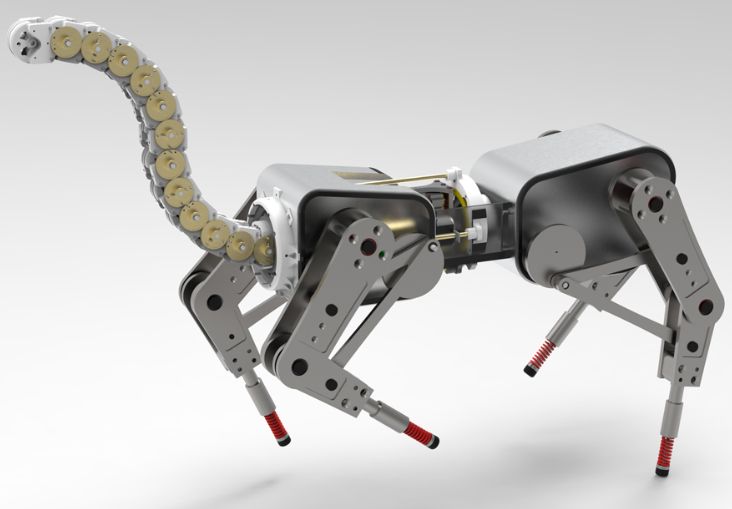MIT engineers have built a robot that can seriously play ping pong, and not just bat the ball back. This bot can understand the spin, predicts where the ball is going, and interestingly puts its own spin on returns. The whole project is from MIT’s Biomimetic Robotics Lab. It surely must be fun to build such robots, but embedding dexterousness through table tennis is a smart move as it pushes the robot to deal with speed, spin, unpredictability, and quick decision-making, all at once.
Read MoreCategory: Robo Tonics
Scientists Use VR to Teach Robots Swarming Behavior by Studying Fish
A team of biologists and robotic engineers recently used virtual reality (VR) to crack the code of how fish school, with the goal of teaching robots to swarm in the same way. Imagine you’re at a party where everyone’s dancing to the same rhythm, but there’s no DJ or leader telling people what to do. Everyone just knows how to stay in sync, avoid bumping into each other, and respond to changes in the crowd. That’s basically what schools of fish do, and it’s something that robots have struggled to…
Read MoreNortheastern Researchers Enhance LiDAR-Based Robot Navigation Efficiency
A paper from Northeastern University looks at how to improve the way robots and self-driving systems determine their location and build maps using LiDAR and IMU sensors. LiDAR sensors measure distance by bouncing laser pulses off objects, while IMU sensors track motion using accelerometers and gyroscopes. So, the paper tackles a common issue in robotics called SLAM, which is, simultaneous localization and mapping. Basically, how can a robot know where it is while it’s still building the map?
Read MoreBiomimicry: Squirrel Drone with Foldable Wings Shows Superior Maneuverability
Drones that we see today are very well equipped with focusing systems that allow for high-resolution imaging, precise navigation, and advanced object tracking capabilities. However, when it comes to executing sharp turns, a key limitation of today’s drones, the tech is still in its early stages of development.
Read MoreSmarter Machines, Bigger Shifts: The New Era of Robotics
We’ve heard a lot about ChatGPT and generative AI, but there’s another side of AI that’s moving fast, which is, robots that can think and work on their own. These are smarter machines that can learn, make decisions, and adapt to their environment. And most of these machines are already making their presence felt in places like warehouses, factories, and even retail stores.
Read MoreAntGrip: Enhancing Gripper Performance with Ant-Inspired Hairs
Whenever I find myself really fascinated by biomimicry, I often discover new things inspired by it. This time, it’s a robotic hand that takes ideas from how ants work. Imagine you’re picking up a slippery soda can with a simple two-finger robot gripper. No suction cups, no fancy sensors, just friction. Sounds tricky, right? That’s exactly the kind of challenge researchers tackled by taking inspiration from “ants”.
Read MoreYarn-Based Weaving for Soft Robotics: Revolutionizing Healthcare
Globally, electronics engineers are busy developing devices that are flexible, adaptable, and built for high performance. These devices are designed for real-world applications, including – robotics, healthcare and wearable technology. Similar efforts are underway in developing smart textiles as well. Interestingly, these fabrics can detect environmental changes or perform specific functions.
Read MoreBiomimicry: Mantis-Inspired Biomimetic Vision System
A self-driving car approaches a street with a parked car and a cyclist waiting to cross. The car detects the cyclist moving but has difficulty judging the distance and speed of both the stationary parked car and the slow-moving cyclist, leading it to miscalculate the necessary response and causing a collision. This is similar to how some insects see the world: their eyes are good at noticing movement and seeing a lot at once, but they struggle to tell how far away things are. However, this is not the case…
Read MoreBiohybrid Bipedal: Muscle-Powered Two-Legged Robot
Unlike robots, our bodies are super flexible and can make delicate moves effortlessly. Components like muscles, joints, and nerves work in tandem and allow us to make precise and delicate movements with ease. Robots, on the other hand, rely on rigid structures and predefined movements; in contrast, our bodies can adapt and respond dynamically to various situations.
Read MoreFirefighters of the Future: The ‘Flying Dragon’ Robot
How about a dragon flying around, but get this – not spitting out fire, but actually putting out flames with water! Japanese researchers are up with concretizing this cool idea. Thinking of firefighting dragon as blasting water on out-of-control fires, these scientists are working on a dragon buddy, which someday would join firefighting teams worldwide. It’s like a mix of myth and modern-day firefighting.
Read MoreRobotic Needle Achieves Precision Navigation in Living Model
When it comes to cancer-related fatalities, lung cancer tops the list. One of the main reasons could be the presence of tiny tumors in deep within the lung tissue. This poses a major challenge for surgical accessibility. To address this challenge, researchers at UNC Chapel Hill and Vanderbilt University have been trying to fabricate an exceptionally flexible yet durable robot. The device will have the capability of maneuvering through the intricate terrain of the lungs.
Read MoreMori3 Transforms 2D Triangles into Limitless 3D Possibilities: Reconfigurable Robotics
Researchers at EPFL have tried to integrate two worlds to create a remarkable breakthrough. Combining digital polygon meshing with biological swarm behavior, they have developed the Mori3 robot. The technology has the potential to revolutionize modular robotics and shape-shifting capabilities.
Read MorePlant-inspired Controller for Robotic Arms: Biomimicry
Biomimicry is the practice of imitating biological systems and processes. So far, it has been a valuable approach in robotics. By copying animals’ designs, engineers have tried to replicate billions of years of evolution. It has resulted in highly efficient and adaptable designs that nature has already passed on to. For instance, energy-efficient walking patterns inspired by animal gaits or bio inspired vision systems or lizard inspired four-legged robot.
Read MoreBio-Inspired Device that Mimics Human Eye: Artificial Vision Systems
Inspired by the natural design of our retinas, scientists at Penn State have created a sensor array using narrowband perovskite photodetectors to replicate the function of our cone cells. Cone cells in our eyes are responsible for color vision. And they are sensitive to red, green, and blue light wavelengths.
Read MoreA Quadruped Robot with Proprioception and a Tail: Biomimicry
Nature has always inspired philosophers, scientists, and researchers alike. When it comes to solve human problems or create innovative products and technologies, studying nature’s designs and processes lead to more sustainable and efficient solutions. Afterall, nature has had millions of years to develop solutions to problems. These solutions have been honed through the process of natural selection. Learning and getting inspired from nature’s solutions, is called biomimicry. Designers, engineers, and scientists are inspired from nature to create more sustainable and efficient products and systems.
Read More



